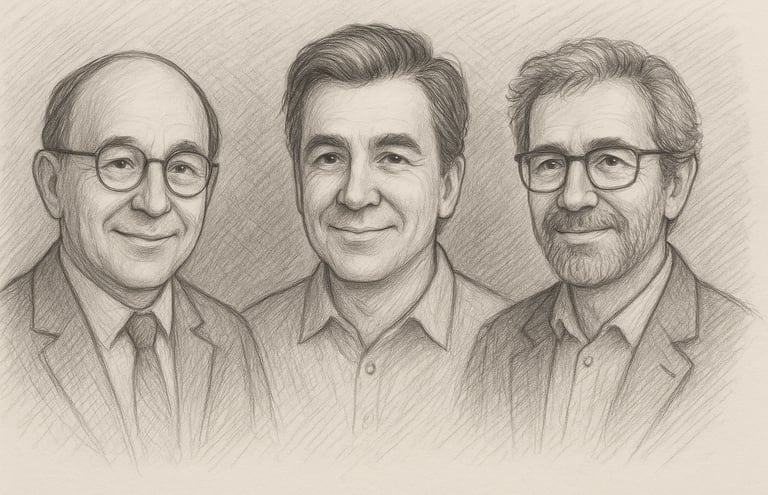So you want to...
meet the thinkers who shaped our approach?
Our History
The founders of So You Want To...Speak Like a Native were professional language teachers who have worked in schools for many years. In that time, we saw first-hand how classroom drills and false scenarios often left students feeling bored, intimidated, or disconnected from real life. We founded this project to do the opposite: to create a space where language comes alive in authentic situations, supported but never forced.
Learning a language isn’t just about memorising rules or filling in worksheets — it’s about connection, curiosity, and confidence. Our approach blends proven educational theories with a light, playful style that makes learning feel natural.
Learn about our methodology below...
Communicative Language Theory
Research in applied linguistics consistently shows that language acquisition happens most effectively when learners use the target language to convey meaning in authentic situations. CLT is grounded in the principle that communication is both the goal and the means of learning. Rather than isolating grammar and vocabulary in abstract drills, CLT immerses learners in tasks where form and meaning are integrated — for example, asking for directions, negotiating a price, or discussing a film.
(Hymes, Halliday, Wilkins)


The Zone of Proximal Development
Vygotsky’s theory of the Zone of Proximal Development (ZPD) shows that learners progress most effectively when they engage in tasks slightly beyond their independent ability, but achievable with guidance. This principle underpins our scaffolding techniques: teachers provide cues, prompts, or models at critical moments, gradually withdrawing support as learners gain mastery. In practice, this ensures that learners are always stretching, but never overwhelmed, which accelerates development.


(Vygotsky)
Self-determination Theory
Deci and Ryan’s Self-determination Theory identifies three universal psychological needs that support intrinsic motivation: autonomy, competence, and relatedness. Our methodology addresses all three: learners exercise choice within communicative tasks (autonomy), receive structured feedback that reinforces their progress (competence), and participate in activities that emphasise collaboration and connection (relatedness). Meeting these needs reduces performance anxiety, increases risk-taking in language use, and sustains long-term engagement.


(Deci and Ryan)
Social Media
Unisciti alla nostra community sui social
Eventi
Communita
bookings@soyouwantto.eu
© 2025. All rights reserved.
